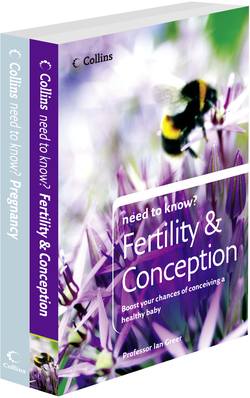Читать книгу Need to Know Fertility, Conception and Pregnancy - Harriet Sharkey - Страница 58
Spina bifida and hydrocephalus
ОглавлениеIn babies with spina bifida there is a defect in which part of one or more vertebrae (the bones making up the spine) fails to develop completely, leaving a portion of the nervous tissue in the spinal cord exposed, which leads to damage of the nerves. This defect can occur anywhere in the baby’s spine but is most commonly seen in the lower back. The condition varies in severity and much depends on where the defect is and how much of the nervous tissue is exposed. Mild cases may have no major disability but in more severe cases, there can be paralysis of the legs, loss of sensation and incontinence due to loss of bladder control.
Women who have had a child with spina bifida are more at risk than women who have had a child without the condition. In such instances, it would be worthwhile obtaining specific pre-pregnancy advice before conceiving again, and you should consult your doctor.
Hydrocephalus is where there is an excess of fluid in chambers within the brain. This often arises because the flow of fluid through these chambers is obstructed. The excess fluid builds up in the chambers and the pressure causes them to enlarge, which can damage the brain tissue. Hydrocephalus may occur with spina bifida or on its own.
